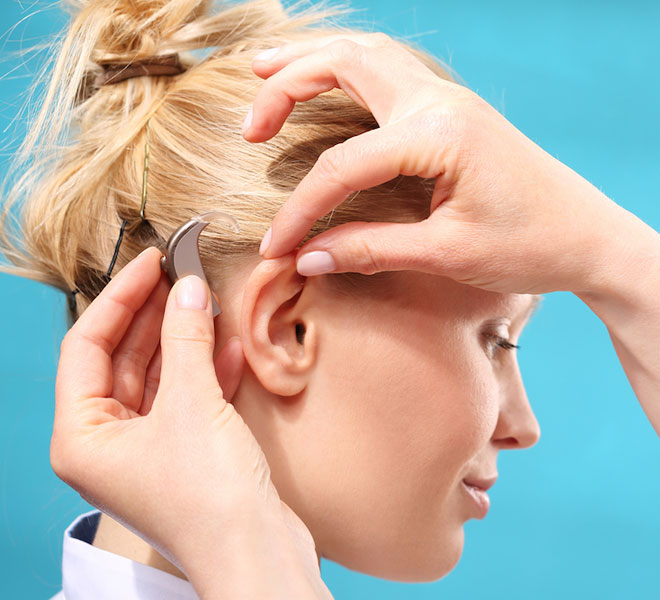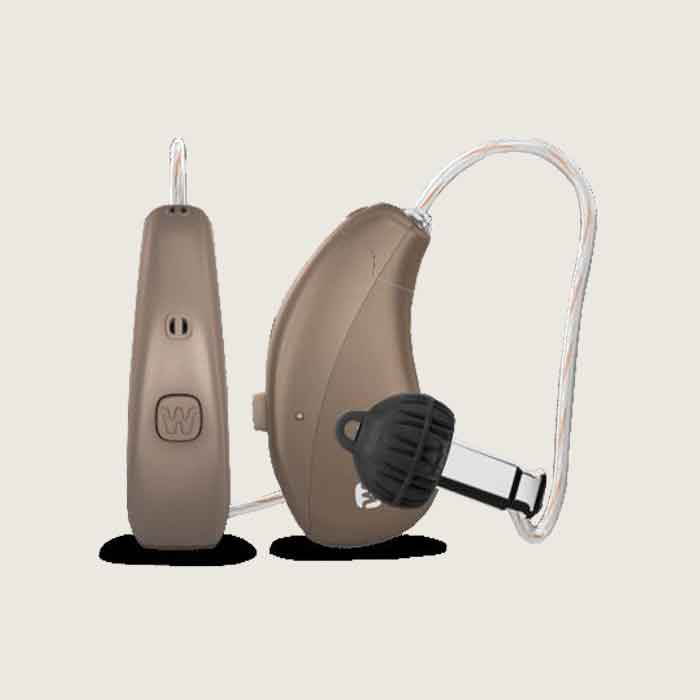5 Handy Tips to Fix Hearing Aid Problems at Home
Hearing aids are invaluable devices that improve the quality of life for individuals with hearing loss. However, like any technology, they can encounter issues from time to time. While it’s always recommended to consult with a professional if you experience significant problems with your hearing aids, there are some common issues that you can troubleshoot and potentially fix at home. In this blog, we will discuss five handy tips to address hearing aid problems and provide simple solutions to help you get your devices back in working order.
1. Clean and Maintain Your Hearing Aids
Regular cleaning and maintenance are essential to keep your hearing aids in optimal condition. Earwax and debris can accumulate in the microphone ports and sound outlets, causing muffled sound or feedback. To clean your hearing aids, gently brush the microphone ports and sound outlets with a soft brush or use a wax pick provided by your audiologist. Additionally, ensure that the battery compartment is free from any dirt or corrosion. Proper cleaning and maintenance can often resolve issues related to reduced sound quality or distorted sound.
2. Check the Battery
If you notice that your hearing aids are not functioning or have reduced sound, a depleted battery could be the culprit. Check the battery level by opening the battery compartment and inspecting the battery. If the battery is low or dead, replace it with a fresh one. Make sure you have the correct size and type of battery recommended by the manufacturer. It’s a good practice to keep spare batteries on hand to avoid any interruptions in hearing aid usage.
3. Ensure Proper Insertion and Fit
Improper insertion or an ill-fitting hearing aid can lead to discomfort and reduced performance. Ensure that the hearing aid is correctly inserted into your ear canal and that it fits snugly. If you experience feedback or whistling sounds, the hearing aid may not be seated properly. Gently remove and reinsert the device, making sure it fits securely. If the fit is still uncomfortable or problematic, consult with your audiologist for adjustments or possible ear mold modifications.
4. Troubleshoot Connectivity Issues
Many modern hearing aids come with wireless connectivity features, allowing you to connect them to smartphones, televisions, or other devices. If you are experiencing issues with connectivity, ensure that the devices are within the recommended range and that they are paired correctly. Check the settings on both your hearing aids and the connected device to ensure they are compatible. Restarting the devices and repairing them often resolves minor connectivity issues.
5. Address Moisture Problems
Moisture can be detrimental to hearing aids, causing malfunctions or damage. If your hearing aids have been exposed to excessive moisture, such as rain or perspiration, it’s important to address the issue promptly. Remove the batteries and open the battery compartment to allow air circulation. Use a soft cloth or a hearing aid dehumidifier to absorb any moisture. Avoid storing your hearing aids in humid environments and consider investing in a hearing aid dryer or dehumidifier to prevent future moisture-related problems.
Conclusion
While some hearing aid issues require professional attention, there are several common problems that you can troubleshoot and resolve at home. Regular cleaning, proper battery management, ensuring a good fit, addressing connectivity issues, and managing moisture are essential steps in maintaining the functionality and longevity of your hearing aids. However, it’s important to remember that if you encounter persistent or complex issues, it is always advisable to seek assistance from your audiologist or hearing care professional. They have the expertise and specialized equipment to diagnose and repair more advanced problems, ensuring that your hearing aids continue to provide the optimal support you need for better hearing and improved quality of life.




